Kumano Hongu Taisha, the Shrine of Yatagarasu
Deep within the forested mountains of the Kii Peninsula is Kumano Hongu Taisha, one of the most famous shrines in the Kansai region. As one of the Kumano Sanzan, this ancient shrine has seen pilgrims come and go for hundreds of years. From the very wealthy to the very poor, Kumano Hongu remains as one of the most sacred, and interesting in Japan.
Kumano Hongu Taisha
Shrine Grounds
Accroding to shrine records, the history of Kumano Hongu Taisha s dates back to 33 B.C, when three moons came down to the sandbanks of the Kumano River. When the people asked the moons why they came down, they said they were the gods Ketsumiko no Kami, Kumano Musumi no Kami and Kumano Hayatama no Kami.
The gods then instructed the people to enshrine each of them in their own shrine, namely Kumano Hongu Taisha, Kumano Nachi Shrine and Kumano Hayatama Shrine; now collectively known as the Kumano Sanzan.
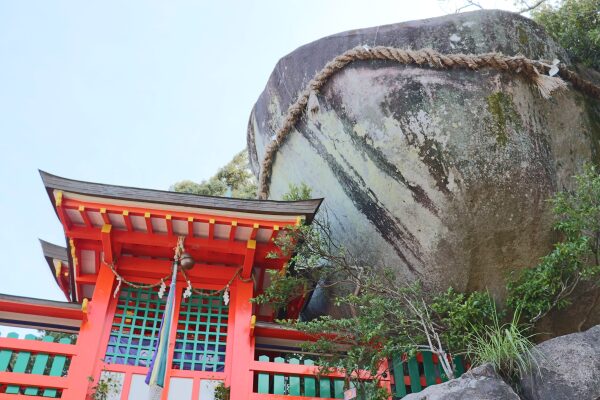
As time went on, each of those shrines began to house additional gods In the Heian Period, many aristocrats and emperors visited Kumano numerous times, believing that Kumano was the entrance the Pure Lands.
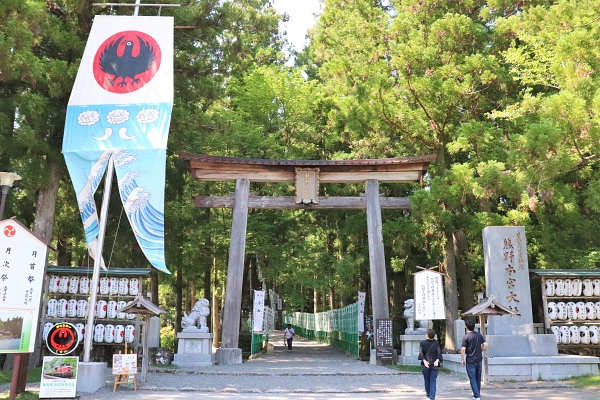
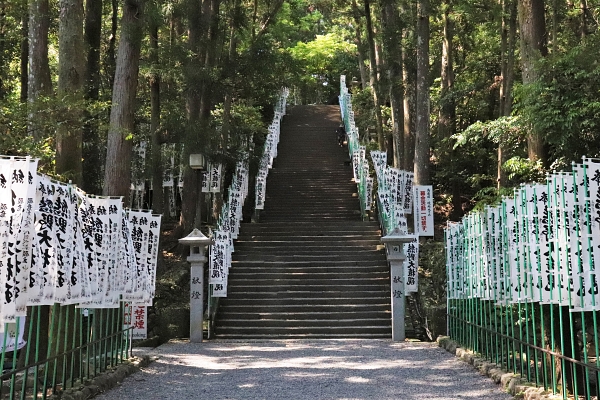
Of course what made us feel we are in Kumano is crows. Crows are the familiars of the gods in Kumano. In fact, during his journey to the east, that a crow with three legs, called Yatagarasu, guided Emperor Jinmu was guided to Nara.

Just at the top of the long stairway is the haiden (on left). Typically, the haiden, or prayer hall, is as close as most people can get to the actual honden, which is the main part of the shrine that enshrines a particular god(s). What is unique about Kuamno Hongu Taisha, is that you can get very close to the honden, where main deities reside! Unfortunately, you are not allowed to take a photo of the honden where the Kumano gods reside.
There are four shrines that make up the honden, enshrining the main deity, Ketsumiko no Kami, who identified as Susano-o in Shinto and Amida Nyorai in Buddhism. The honden also enshrines the other 12 Kumano gods.
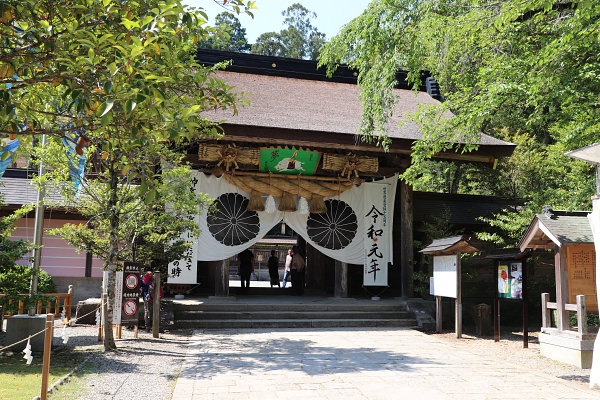
Oyunohara
Oyunohara is the original site of Kuamno Hongu Shrine. Originally, Kumano Hongu Shrine sat in the sandbar of the Kumano River, only a few minutes away from the current shrine grounds.
Once a massive shrine, Oyunohara consisted of three separate shrines, each with their own main god. However, a terrible flood in 1889 (kind of obvious this would happen when you build on a sandbank…) destroyed much of the shrine buildings. After the flood, the shrine grounds moved to their current location.
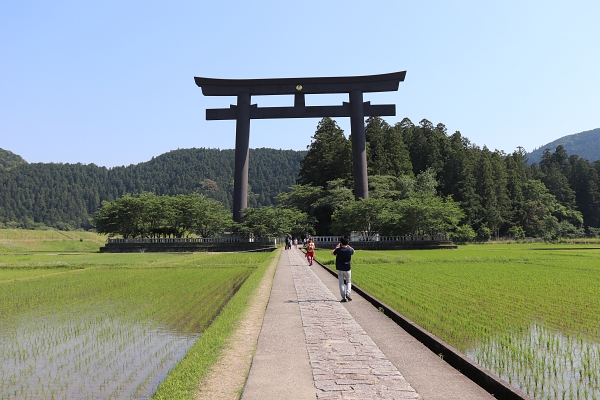
After the short path, you will see the old shrine grounds. Quite unfortunately you cannot take a photo after this point….
Information: Kumano Hongu Taisha
| Address |
1110 Hongucho Hongu, Tanabe City, Wakayama Prefecture
|
| Website |
http://www.hongutaisha.jp/
|
| Getting To |
An hour or two hours by bus from Shingu Station and Kii-Tanabe Station, respectively. Bus service is infrequent at these locations. Check the bus schedule before you go! |
| Hours |
|
| Price Range |
Free
|
| Note |
|
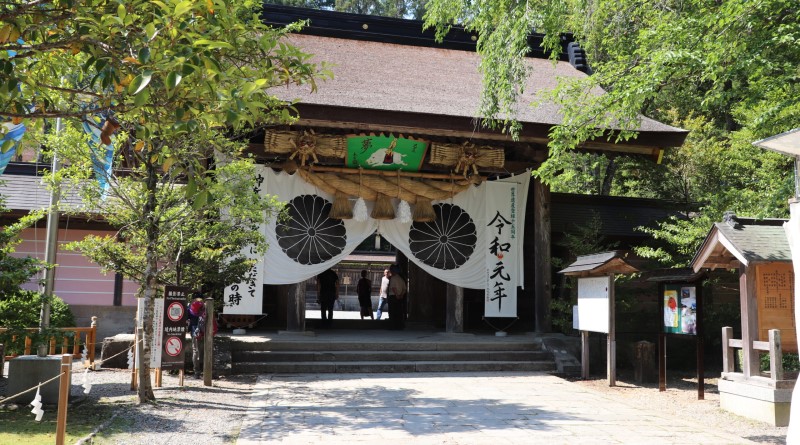
Leave a Reply